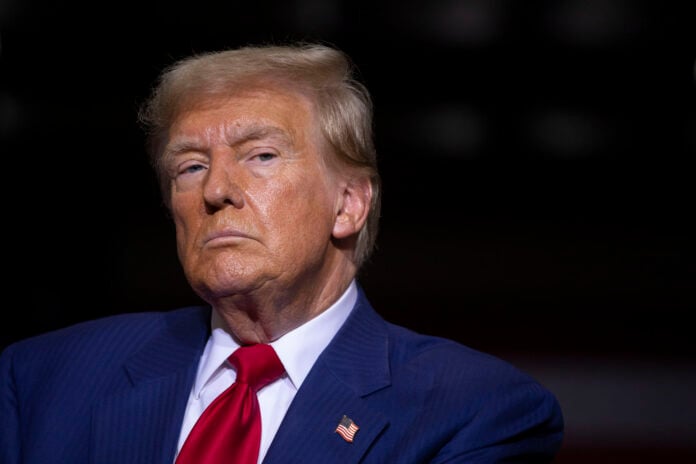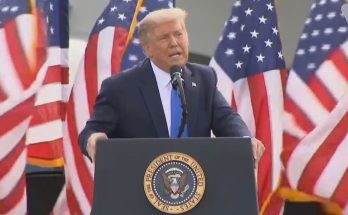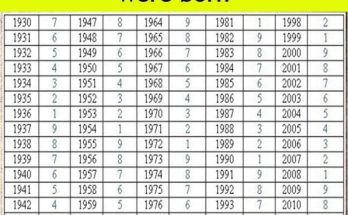
Former President Donald Trump has once again found himself at the center of public conversation—this time not only for his high-profile role in helping broker a long-awaited peace agreement between Israel and Hamas, but also for his fiery reaction to how TIME Magazine chose to portray him on its latest cover.
The October issue of TIME celebrated what it called Trump’s “Triumph,” recognizing his work in facilitating a Gaza ceasefire that has drawn rare bipartisan praise and international approval. Yet the image chosen to accompany the story quickly became a lightning rod for controversy—and for Trump himself, an unwelcome distraction from what could have been one of his defining achievements.
A Celebrated Peace Deal Overshadowed by a Photograph
Trump, now 79, has spent much of the past year immersed in international diplomacy. His team—including longtime adviser Jared Kushner and envoy Steve Witkoff—spent months behind closed doors working with leaders from Israel, Egypt, Qatar, and Turkey to end a violent cycle of conflict. The result was a sweeping declaration that halted fighting, released hundreds of Palestinian prisoners, and opened a fragile but promising path toward regional stability.
“It’s something I’ve always been good at,” Trump told the BBC during a summit in Cairo following the agreement’s signing. “I’m good at solving wars. I’m good at making peace.”
For many observers, this deal represented a pivotal moment in Trump’s post-presidency—an attempt to reestablish his reputation on the world stage as a pragmatic negotiator rather than a polarizing political figure.
However, that narrative took a sharp turn when TIME unveiled its new cover.
The Cover That Sparked an Outburst
The photograph featured Trump in his trademark navy suit and red tie, positioned against a bright sky and shot from a low angle—a composition that, to most readers, seemed dramatic and bold. But to Trump, the angle and lighting felt less like a tribute and more like a slight.
“TIME Magazine wrote a relatively good story about me, but the picture may be the Worst of All Time,” he wrote on Truth Social. “They disappeared my hair and put something floating on top of my head that looked like a tiny crown—really weird!”
His complaint may have seemed lighthearted at first glance, but the former president made it clear that he took the image as a deliberate misrepresentation. “I never liked taking pictures from underneath angles,” he added. “This is a super bad picture, and deserves to be called out. What are they doing, and why?”

A Complicated History with TIME
Trump’s relationship with TIME Magazine has always been fraught with tension, admiration, and rivalry. He has appeared on the cover multiple times since his first feature in 1989 and was twice named Person of the Year. Yet, his interactions with the publication have often been colored by public feuds.
In 2015, he criticized the magazine for overlooking him as Person of the Year, and in later years, dismissed its 100 Most Influential People list as a “joke.” Despite these clashes, he has long understood the cultural significance of a TIME cover—a symbol of influence that few political figures can ignore.
That context makes his reaction unsurprising. For Trump, image has always been inseparable from identity. The photograph, taken from below and lit harshly against the midday sky, appeared to flatten the familiar sweep of his blond hair—one of his most recognizable features and a frequent topic of public curiosity.
The Hair Debate That Never Ends
Few public figures have faced as much speculation about their hair as Donald Trump. Over the decades, late-night hosts, comedians, and journalists have all weighed in. Some have suggested elaborate styling routines; others have theorized about surgical procedures.
Cosmetic surgeon Dr. Gary Linkov once estimated that Trump might have undergone several treatments over the years, but Trump himself has always laughed off such speculation. “It’s my hair,” he has said on more than one occasion. “I don’t wear a toupee. It’s real.”
For his supporters, these debates are little more than media noise—distractions from what they see as his accomplishments in diplomacy and economics. Yet Trump’s willingness to publicly criticize TIME over an unflattering photo underscores how deeply he understands modern media: perception, he knows, often shapes reality.
A Story Larger Than the Cover
Behind the controversy, the substance of TIME’s article painted a far more flattering portrait. The feature chronicled months of quiet negotiations, late-night calls, and backchannel diplomacy led by Trump’s team—efforts that ultimately persuaded two bitter enemies to sit at the same table.
The story also explored the broader implications of the deal. Analysts suggested that if the ceasefire holds, it could mark a major strategic turning point for the Middle East and a defining success for Trump’s second term on the global stage.
Even critics who have long disagreed with his policies acknowledged the magnitude of the achievement. As one European diplomat reportedly put it, “Whatever one thinks of Trump, this is something no one else managed to do.”
The Power of Image in Modern Politics
For all the significance of the peace agreement, the uproar over the TIME cover serves as a reminder of the modern political reality: image often overshadows substance. A single photograph, widely shared on social media, can dominate headlines more than the policy it accompanies.
Trump’s frustration with the photo reveals not just vanity, but an acute awareness of how visual narratives shape public opinion. At a time when every gesture, word, and image can be amplified instantly online, even the smallest details carry weight.
In that sense, his reaction might also reflect a broader truth about public life in the digital age. Politicians no longer compete solely on ideas or achievements—they battle over perception, framing, and control of their own story.
A Moment of Triumph, with a Touch of Irony
While Trump’s critique of TIME drew laughs from late-night commentators and endless chatter on social media, many close to him see it as typical of his personality: proud, particular, and fiercely protective of his image.
Still, for his supporters, the peace deal stands as a rare moment of unity—proof, they say, of Trump’s ability to navigate the world stage and bring opposing sides together. For his critics, the debate over the cover photo is another example of his tendency to shift focus toward personal grievances.
Either way, the moment captures the duality that has defined Donald Trump’s public life for decades: a figure who commands global attention for his actions—and for the way he responds to how those actions are portrayed.
Whether remembered for the peace deal or the picture, the TIME cover has ensured that Trump’s story remains, as always, impossible to ignore.


